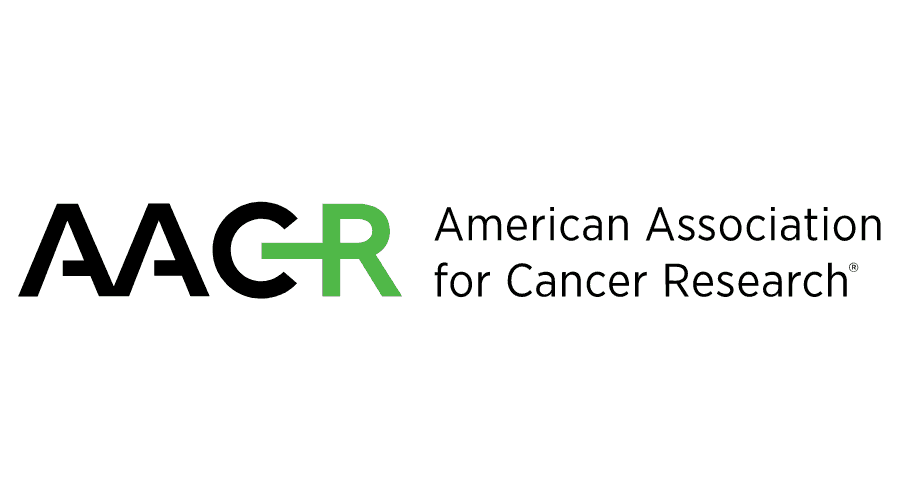Video
Cost-Effective Analyses for Upper GI and Esophageal Cancer Treatment
Laura Bobolts, PharmD, BCOP, shares her perspective surrounding cost-effective analyses surrounding GI and esophageal cancers.
Laura Bobolts, PharmD, BCOP: From a payer’s perspective, it’s difficult to compare cost-effectiveness and comparative effectiveness data in upper–GI [gastrointestinal] and esophageal cancers. Look at the total cost of care. Should you evaluate the coverage criteria for therapy annually? Or should you evaluate value-based care programs or pathways on a more frequent basis? Look prospectively at what you’re seeing in those data for total cost of care of a therapy, and benchmark with your own data. Looking at that from a payer’s perspective is key, because looking at external sources is beyond difficult. When I try to evaluate published cost-effective analyses looking at adding nivolumab to chemotherapy vs chemotherapy, guess which one is going to be more cost-effective? More likely the chemotherapy because it has less cost from a drug standpoint, even though it may have more toxicity. Ultimately, we typically see that fewer drugs [means] less cost.
The challenge is that these cost-effective analyses aren’t taking the patient into account. They’re evaluating the end points of the clinical trial. But from a payer’s perspective, if that therapy improves survival, I’d want that therapy for my mother, my aunt, or my best friend if they need it, even if it isn’t cost-effective. There are many things that outweigh cost-effective analyses. But when I’m looking at cost-effective analyses, I have challenges with them because they tend to come out after a therapy is approved, after a payer has to evaluate coverage criteria, formulary considerations, and pathway placement for a therapy. That can delay the reporting of these cost-effective analyses. Also, many of them aren’t done in the United States. I may find a great publication and see that it isn’t cost-effective in China. That’s very different from our patient population in the United States. Also, the dollars are different. You need to look at the country in which the study is being done, the dollars in that cost-effective analysis, and the year. If the [cost] was [looked at] in 2017, you can bet it’s more expensive in 2022.
Cost-effective analysis can be helpful when you’re splitting hairs, but they have some flaws. I find that the most helpful cost-effective analyses are done by nonprofit organizations, such as ICER [Institute for Clinical and Economic Review], although ICER may not encompass studies in all cancers or all scenarios. I’d love to see more ICER studies. Lastly, we look at comparative effectiveness. This is where I’m looking at the efficacy data of the therapies in a similar space and trying to compare the trial designs, the strength of the trial, the end points, the measurements, the results of those end points, and the hazard ratios. I’m also looking at the totality of the efficacy data to try to compare the therapies from that perspective.
Transcript edited for clarity.




